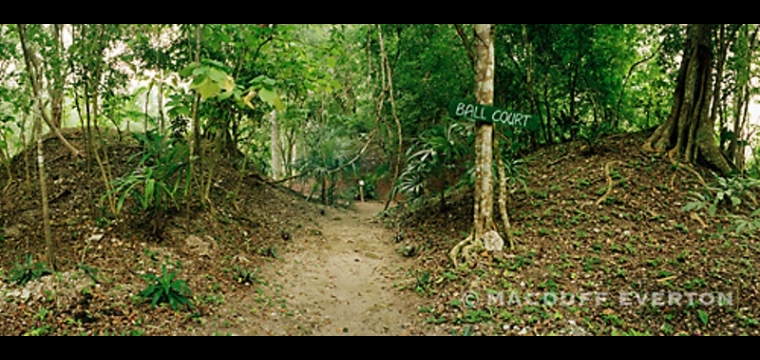Since its inception almost thirty years ago, the BRASS program has progressed leaps and bounds in archaeological discovery and has expanded into a broad array of unexpected fields. With academic, governmental and community support, BRASS continues to grow and develop new goals and future objectives.
Though much work has been done in determining the chronology of construction at El Pilar, there are still areas, sites and monuments yet unexplored. For instance, tunnel excavations at the Hemena acropolis at El Pilar are underway and verifying the earliest construction at this site will lend us further insight into the Maya settlement history. As we continue to map the expansive Belize River Valley, we consistently search and assess the chronology of minor centers. We also continue to discover evidence of looters in Maya monument, from which we profile the trench exposure to rescue collapsing structures and recover critical data.
The groundbreaking work with LiDAR technology also leads into massive potentials for the BRASS project. We are working to refine LiDAR protocol to create a model for future usage, developing a system of interpreting LiDAR data with a combination of GIS and field validation. Using these revolutionary tools in the field of archeology, we continue to create a comprehensive map of the El Pilar Archaeological Reserve for Maya Flora and Fauna.
One of the greatest achievements of El Pilar is its unique position as a binationally managed and protected Archaeological Reserve. We must further the coordination of the management planning process in Belize and Guatemala and take steps, using the platform of cooperation on the El Pilar Reserve, to build an international peace park between the two nations.

